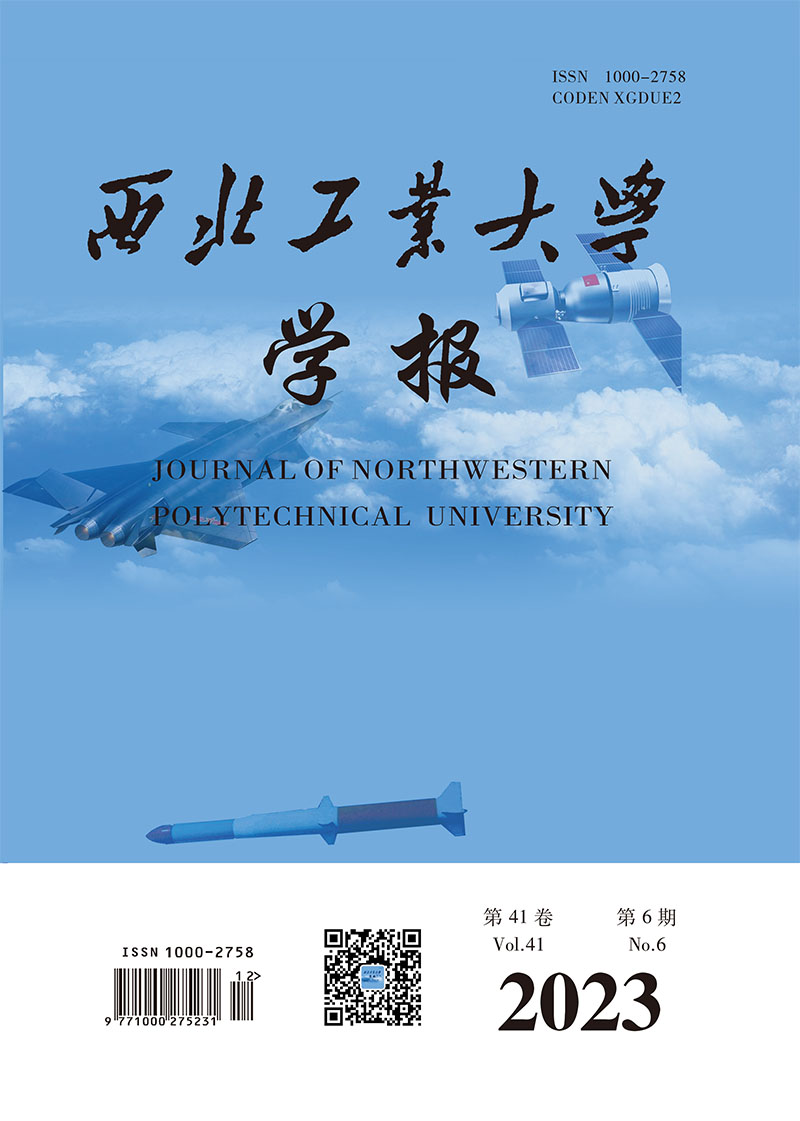Improved reduce-order modeling of bidirectional interleaved boost with coupled inductors converter
Q3 Engineering
引用次数: 1
Abstract
In this paper, an improved reduced-order average modeling method for the bidirectional interleaved boost with coupled inductors (BIBCI) converter is proposed, based on the PWM and phase-shift dual-degree-of-freedom modulation and traditional reduced-order average model. Considering the power loss of the coupled inductor, the core loss, and the parasitic parameters of the inductors, capacitors, and switches in the circuit topology, the new model reflects the dynamic performance of the converter in a wide frequency domain more accurately than the traditional model. The small-signal model and transfer function are further deduced to provide a basis for the design of closed-loop controllers and have good engineering practicability. According to voltage source load or resistive load, the double-loop or triple-loop controller is designed correspondingly. The two models are theoretically analyzed and compared, and the proposed controller is verified by a 1.5 kW prototype.耦合电感变换器双向交错升压降阶模型的改进
提出了一种基于PWM和相移双自由度调制和传统降阶平均模型的双向交错升压耦合电感(BIBCI)变换器改进的降阶平均建模方法。考虑耦合电感的功率损耗、铁芯损耗以及电感、电容和开关在电路拓扑中的寄生参数,新模型比传统模型更准确地反映了变换器在宽频域的动态性能。进一步推导了小信号模型和传递函数,为闭环控制器的设计提供了依据,具有较好的工程实用性。根据电压源负载或电阻性负载,设计相应的双环或三环控制器。对两种模型进行了理论分析和比较,并通过1.5 kW样机对所提出的控制器进行了验证。
本文章由计算机程序翻译,如有差异,请以英文原文为准。
求助全文
约1分钟内获得全文
求助全文

 求助内容:
求助内容: 应助结果提醒方式:
应助结果提醒方式:


